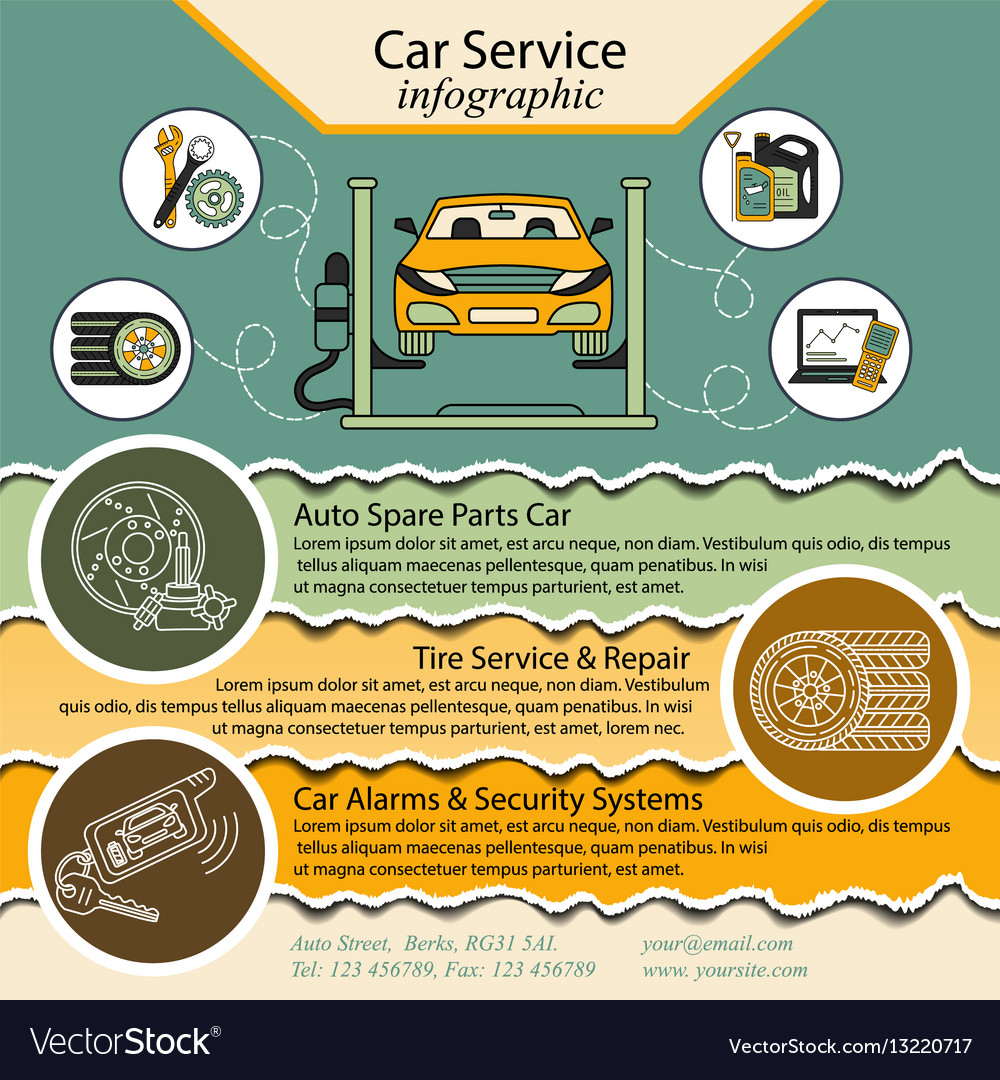Fascinated In Recognizing The Warning Lights On Your Vehicle'S Control Panel? Discover Their Importance For Your Vehicle'S Safety And Overall Condition
Fascinated In Recognizing The Warning Lights On Your Vehicle'S Control Panel? Discover Their Importance For Your Vehicle'S Safety And Overall Condition
Blog Article
Post Produced By-Lim Forbes
When you're behind the wheel, those beautiful warning lights on your dashboard can be a bit difficult. Do you know what they're attempting to tell you regarding your vehicle's health and wellness? Comprehending the significance of these lights is essential for your safety and security and the durability of your vehicle. So, the next time among those lights pops up, would not you want to understand its message properly and take the essential steps to resolve it?
Common Caution Lights and Interpretations
Recognize usual caution lights in your cars and truck and recognize their significances to ensure safe driving.
One of the most regular warning lights consist of the check engine light, which indicates concerns with the engine or emissions system. If this light begins, it's important to have your vehicle checked without delay.
The oil pressure advising light indicates low oil pressure, needing immediate attention to avoid engine damage.
A flashing battery light might suggest a damaged charging system, potentially leaving you stranded if not attended to.
The tire stress tracking system (TPMS) light signals you to low tire pressure, impacting vehicle stability and gas performance. Neglecting this could bring about hazardous driving problems.
The ABS light indicates an issue with the anti-lock stopping system, jeopardizing your capability to stop swiftly in emergencies.
Lastly, the coolant temperature level cautioning light warns of engine getting too hot, which can result in severe damage if not settled swiftly.
Understanding https://manuelldulc.blogdosaga.com/32048217/evaluate-your-car-s-demands-to-find-the-perfect-car-describing-service-for-you-but-which-factors-will-genuinely-influence-your-choice will aid you attend to issues immediately and keep risk-free driving conditions.
Significance of Prompt Focus
Understanding the usual warning lights in your auto is only the initial step; the significance of immediately resolving these cautions can't be emphasized sufficient to guarantee your safety when driving.
When a caution light illuminates on your control panel, it's your auto's means of interacting a possible problem that requires focus. Neglecting https://ricardonidys.wssblogs.com/32124809/the-comfort-of-mobile-automobile-describing-transforms-your-automobile-s-appearance-however-is-it-as-effective-as-typical-techniques-discover-the-truth-behind-this-service can result in extra extreme issues down the road, endangering your security and possibly costing you much more in repairs.
Trigger focus to cautioning lights can avoid malfunctions and mishaps. For instance, a flashing check engine light can indicate a misfire that, if left ignored, can trigger damage to the catalytic converter. Resolving this without delay can save you from an expensive repair.
In a similar way, a brake system cautioning light could indicate low brake fluid or worn brake pads, vital components for your security when driving.
Do It Yourself Troubleshooting Tips
If you discover a caution light on your control panel, there are a few do it yourself repairing pointers you can attempt prior to looking for professional aid.
The initial step is to consult your auto's handbook to comprehend what the details warning light shows. Sometimes the issue can be as easy as a loose gas cap setting off the check engine light. Tightening the gas cap might settle the issue.
One more common concern is a reduced battery, which can set off various cautioning lights. Examining the battery connections for rust and ensuring they're protected could deal with the issue.
If a caution light lingers, you can attempt resetting it by disconnecting the vehicle's battery for a couple of minutes and after that reconnecting it. In addition, checking your automobile's liquid degrees, such as oil, coolant, and brake fluid, can help troubleshoot cautioning lights connected to these systems.
marinedetailing
In conclusion, comprehending your cars and truck's caution lights is crucial for maintaining your car running smoothly and securely. By without delay addressing these informs and understanding what they suggest, you can avoid pricey fixings and potential malfunctions.
Bear in mind to consult your car's handbook for specific details on each alerting light and take action accordingly to guarantee a hassle-free driving experience.
Stay informed, remain safe when driving!
